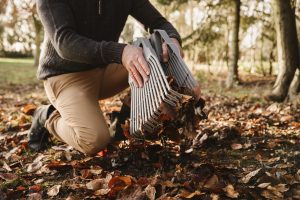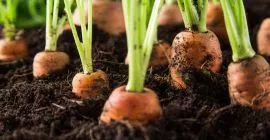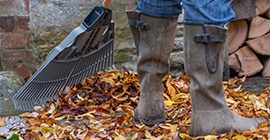Allotments are ideal for keen gardeners, cooks and eaters! They are perfect for growing vegetables, fruits and herbs, and with regular maintenance can look very attractive. Not only does having an allotment supply you with tasty goods, but it’s also an incredibly social environment. You become part of a community, and meet your ‘neighbours’ who you can share a mutual love of gardening with.
Here’s our guide on all things allotments, including; the tools you need, crops you can grow and regular jobs to keep you busy.
What is an allotment?
An allotment is a small plot of land that you can rent to grow fruits, vegetables and plants. Plots are still measured in units that date back to Anglo Saxon times, with sizes stated in rods, perches or poles! To make life easier, a standard plot measures 10 poles – that’s around 250 square metres – or the size of a doubles tennis court. Allotments played a pivotal role in feeding the nation during the World Wars and, at a time when inflation is pushing prices of supermarket produce sky high, gardeners are Digging for Victory once again.
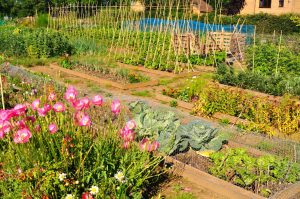
How do you rent an allotment?
Your local authority’s website is the best place to track down allotment sites in your area. Some councils show the length of waiting lists (which can sometimes be years!). Even if there’s a queue for a plot, apply as soon as possible.
Bear in mind that taking on an allotment plot is a commitment, especially in high summer when crops can need watering up to twice a day.
Getting started
Once you get your space it is possible it will have been left unattended for months, so a lot of work may be needed to get started. The best time to start clearing your allotment is in the autumn/ winter when plants are dormant.
Start with weeding and raking leaves. Instead of binning them, you could make your own compost heap using our Garotta Compost Maker. This not only gives you a space to contain your garden waste, but it provides you with an excellent soil improver for next years’ garden. Other tidy-up jobs include turning soil over and trimming the grass.
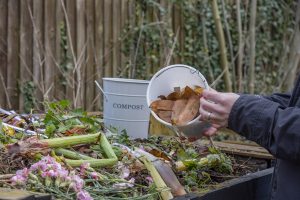
Must-have Allotment Tools
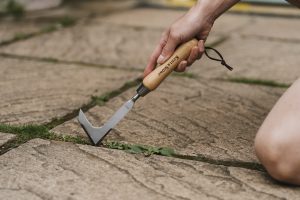
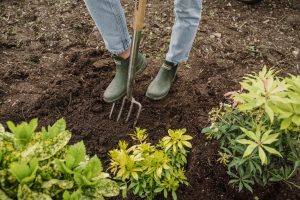
3 in 1 Leaf Rake – The perfect tool for raking wide and narrow areas in your garden. This rake has detachable leaf grabbers, making collecting leaves much easier.
Hand Weeding Knife – Great for slicing through slabs or tight spaces to remove unwanted growth.
Stainless Steel Digging Fork – Use this tool to easily turn over soil in your beds and borders.
Sowing Seeds
Seeds are the building blocks to bringing your allotment to life. Different varieties of seeds need different conditions in order to germinate and grow. To help you out, we have collated some of our favourite vegetables and herbs, guiding you on what to sow each month. Some of these varieties have to be sown indoors, whereas others need to be sown outdoors.
| Vegetables | Herbs | |
| January | Leeks | Basil |
| February | Tomatoes | Oregano |
| March | Cucumbers | Chamomile |
| April | Beetroots | Lemon Balm |
| May | Courgettes | Marjoram |
| June | Broccoli | Coriander |
| July | Carrots | Rosemary |
| August | Lettuces | Parsley |
| September | Spring Onions | Borage |
| October | Cauliflowers | Mint |
| November | Broad Beans | Parsley |
| December | Broad Beans | Watercress |
Maintenance Jobs
Maintaining the upkeep of your allotment is super important. Weeding, watering and pruning are regular jobs that you can do to make your allotment space more manageable.
Remember to feed your plants using Westland Boost All Purpose Liquid Plant Feed. Boost has unique Plantsense™ technology to feed all ornamental and ericaceous plants, plus all fruit and vegetables – making it a must-have product for your allotment during the warmer months.
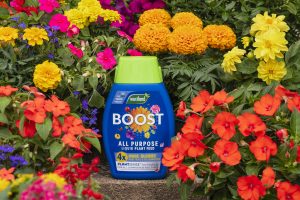
Keeping pests away from your plants can be a challenge. Growing Success Slug Copper Tape provides an effective, adhesive barrier, protecting your plants from slugs and snails. It’s simple and easy to apply around your plant pots, and gives your allotment lasting control.


